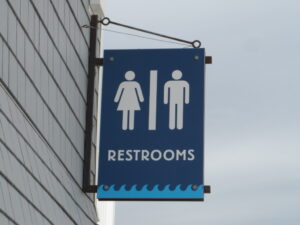What is Mardi Gras?
With a nickname like “Big Easy”, New Orleans, Louisiana has always been known for its colorful culture, vibrant music, spicy cuisine, and wild nightlife. This popular tourist spot embodies its rich history of French, African, and American roots. Encompassing this culture is a week-long celebration known as Mardi Gras, a festive carnival that cannot be missed. Mardi Gras is often known as Fat Tuesday, the day before Ash Wednesday which signals the start of Lent, a 40 day period of fasting leading up to Easter. Although the major parades and festivities occur on Fat Tuesday, celebrations of Mardi Gras such as feasting on rich food and drink usually start up to a month prior.
History of Mardi Gras
The origins of Mardi Gras go all the way back to medieval Europe, originating from Rome and the French House of Bourbons in the 17th century. Some theories conclude that Mardi Gras is traced from ancient Roman celebrations of Saturnalia, dating back to 133-31 BC. Saturnalia honored Saturn, the God of agriculture and festivities often caused a halt in the mundane routine of work and school. In 1699, Mardi Gras was first brought to Nola by French settlers and the first party was held at the mouth of the Mississippi River. However, the flamboyant parades and parties that are a staple of the celebration were not introduced until 1856 when the Mystic Krewe of Comus was founded. It was created by six Anglo-American businessmen who wanted a more elevated celebration of Mardi Gras. The Krewe of Comus brought elaborate floats, costumes, roleplays, and music that are a well-known part of Mardi Gras today.

Mardi Gras in New Orleans
The first American Mardi Gras took place on March 3, 1699, in celebration of when French explorers Pierre Le Moyne d’Iberville and Sieur de Bienville landed in present-day New Orleans. Over time, this celebration became a tradition of colorful parades, parties, and rich dinners. However, a ban on the rowdy festivities was put into place when the Spanish took control and remained until Louisiana became a state in 1812. Since the Mystic Krewe of Comus introduced rolling floats and marching bands, other customs of the New Orleans tradition developed including throwing beaded necklaces, trinkets, and wearing elaborate costumes. Summarizing the epitome of the Mardi Gras experience bestselling author Ruta Sepetys claims: “New Orleans is unlike any city in America. Its cultural diversity is woven into the food, the music, the architecture — even the local superstitions. It’s a sensory experience on all levels and there’s a story lurking around every corner.”


Cuisine
Mardi Gras in New Orleans is incomplete without its traditional food and delicious dishes. Food in New Orleans originates back to its French Canadian and African roots in the form of spicy Cajun and Creole dishes. Some staple favorites include gumbo, char-grilled oysters, crawfish etouffee, beignets, and po-boys.









